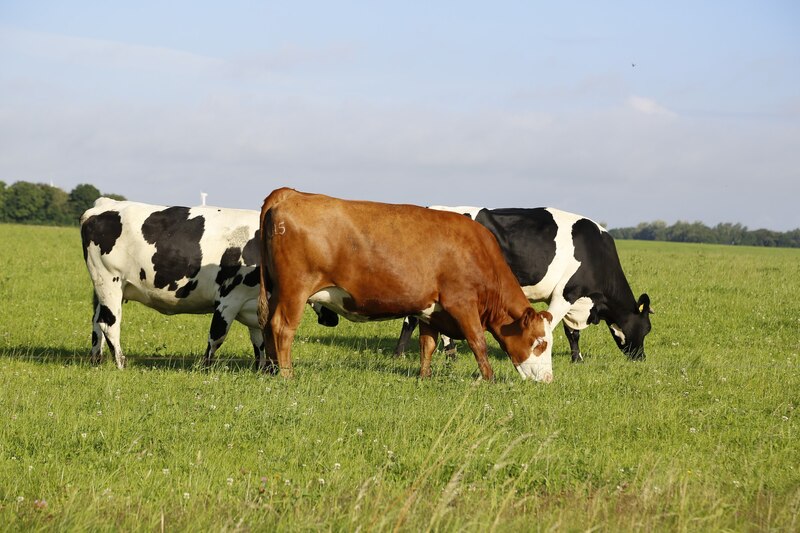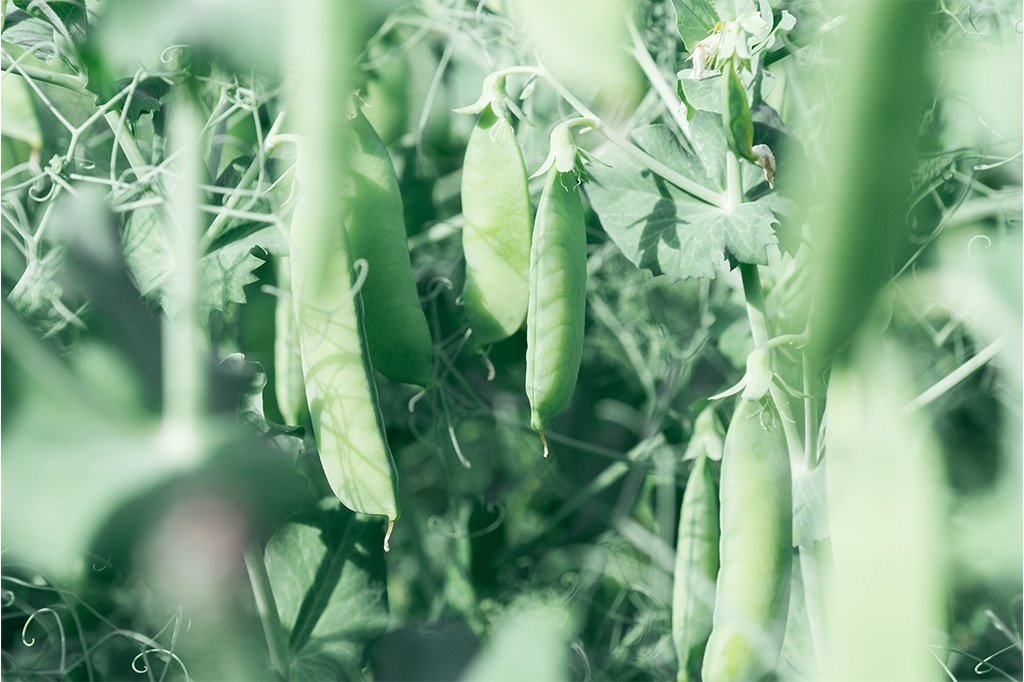Schouten Europe and Grassa have teamed together to research the viability of producing plant-based meat substitutes straight from grass proteins, skipping the cow entirely.
As the demand for plant-based options continues to rise, the vegan meat industry has exploded in recent years. However, most of these products still rely on soy or pea protein as their main ingredient, which has led some consumers to question their environmental impact. A new project aims to change that by creating vegan meat directly from grass proteins.
Grass-fed meat is considered a healthier and more sustainable option compared to grain-fed meat, as grass-fed animals have a lower carbon footprint and produce less greenhouse gases. However, the reality is that producing grass-fed meat still contributes to deforestation, habitat destruction, and the emission of methane, a potent greenhouse gas.
The new project, seeks to address these issues by creating a plant-based meat alternative that is not only healthier and more sustainable but also directly derived from grass proteins. The project team is made up of scientists, food engineers, and sustainability experts who are working together to develop a process that will extract proteins from grass and use them to create a vegan meat that has a similar texture and taste to real meat.
Schouten Europe, also located in the Netherlands, formed a partnership with fellow Dutch firm Grassa with this goal in mind. The firms have joined together to study the potential of using grass-based protein in meat substitutes.
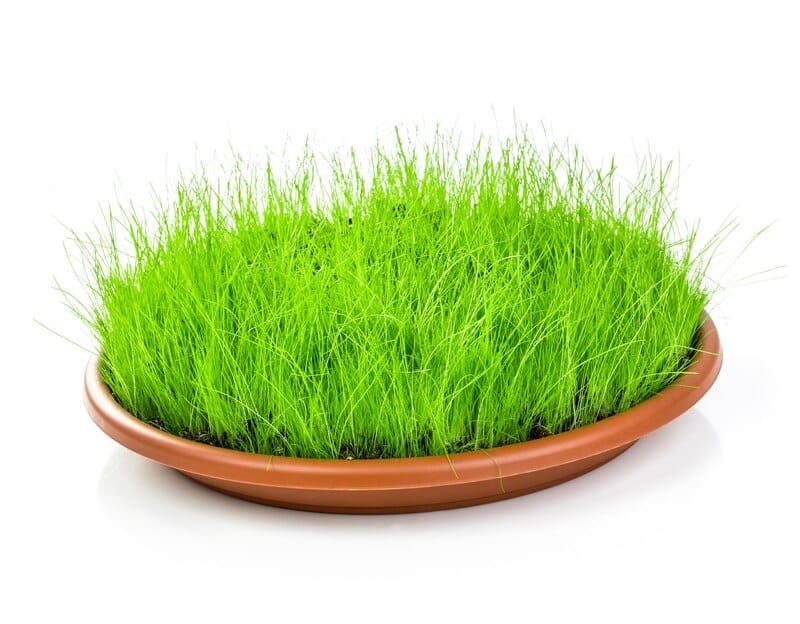
“Grass protein has huge potential,” Grassa Director Rieks Smook remarked in a press release. There is 2.5 times as much protein produced by grass per acre as there is by soy. Grass is easily accessible.
The two are particularly keen on investigating if grass proteins may compete with and even surpass standard plant-based meat basis like soy. Instead of using soy, “grass protein offers a high-quality, local, and scalable option,” as Smook put it. It significantly reduces emissions compared to conventional protein sources.
Conversion of grass into protein
To aid the European Union in its efforts toward food self-sufficiency, the Netherlands has devised the National Protein Strategy. The proposal calls for a transition away from imported soy and toward plant-based proteins produced domestically during the next five to ten years. Schouten and Grassa’s efforts help us get closer to our objective.
Since the 1990s, Schouten has been developing meat and seafood substitutes derived from plants. The firm’s private label products are sold in fifty different countries. It is collaborating with Grassa to further the research and development of alternative proteins that can facilitate the transition to more environmentally friendly diets.
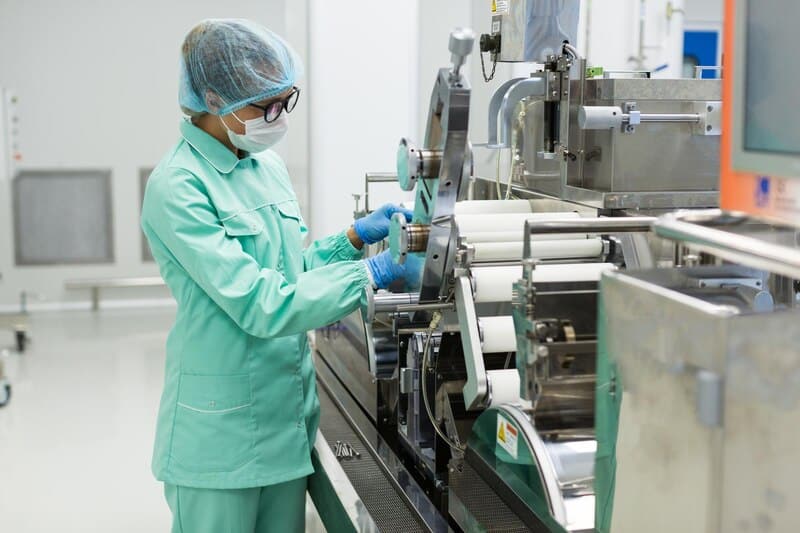
Henk Schouten, owner of Schouten Europe, made a statement saying, “As a pioneer and developer in the meat replacement sector, we are continually exploring for innovative protein sources that might help to the protein transition.”
Schouten remarked, “We are really interested in grass protein.” We hope to get as many of our components as possible from inside the state of Florida.
Grassa is a company that specializes in transforming grass into a nutrient-dense feed for animals while also striving to lessen the environmental impact of the livestock industry. Through its partnership with Schouten, the company will be able to transfer its knowledge of developing and testing technology to extract grass protein for human use into a new field.
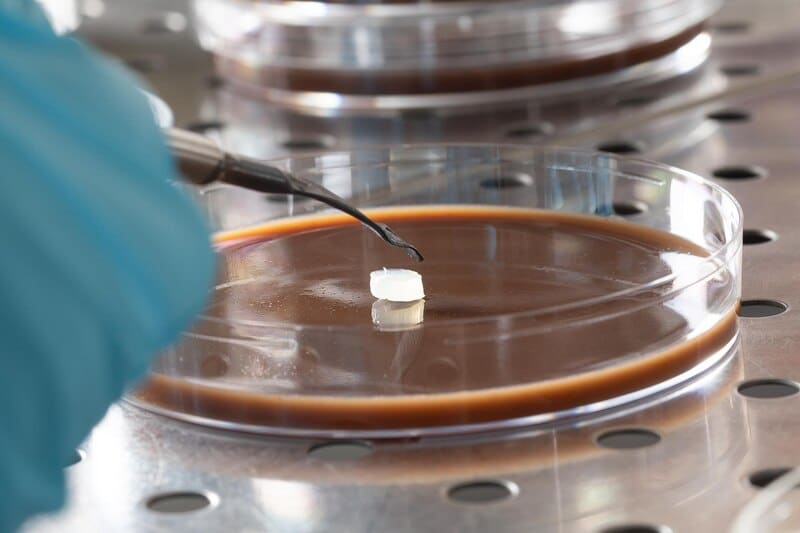
While the two companies have worked together in the animal feed industry before, Smook is “extremely thrilled” to have found an exclusive partner in Schouten Europe for the use of grass protein in human nutrition.
Have we reached the tipping point with grass-based protein?
Schouten and Grassa’s partnership is indicative of a larger movement toward finding alternatives to using animals to convert grass into protein.
Once the protein has been extracted, it will be combined with other plant-based ingredients to create a product that resembles real meat in taste and texture. The final product will not only be a healthier alternative to animal-based meat, but it will also have a lower carbon footprint and use less land and water compared to traditional vegan meat products that rely on soy or peas.
Another advantage of this new project is that it will provide a solution for regions where soy and peas are not readily available or where the demand for these products is causing environmental issues. By using grass protein, the project will provide a more locally sourced and sustainable alternative for these regions.
In 2019, researchers from the DTU National Food Institute and Aarhus University in Denmark extracted a protein powder from grass matter, primarily ryegrass, that shared the same amino acid profile as soy, eggs, and whey. The only problem was an unpleasant flavor that needed some work before it could be enjoyed.
Milk protein in the current day can also come from grass. Business that pushes the boundaries Cheese’s functional proteins, casein, are made by the Vegan Cowboys utilizing precise fermentation to create a cheese substitute. The first vegan cheese, created by the cowboys late last year using carbohydrates to feed bacteria in place of milk from cows, was introduced. The humorous firm said that the steel cow Margret produced the cheese.

However, the objective here is to substitute grass for sugars in order to produce true grass-fed dairy while simultaneously protecting farmer livelihoods and ensuring the long-term viability of dairy products. They want to completely introduce their vegan cheeses in 2027, hence the name “Vegan Cowboys.”
There is hope that the green groundcover may be used in the growing meat business, wherein a few animal cells are turned into actual flesh in a bioreactor. Researchers from the University of Bath showed in 2019 that they could use grass blades as a support structure for growing pig cells.
Rather than feeding a cow grass and subsequently consuming the meat, postgraduate chemical engineering student Scott Allan suggested that we “feed our cells grass” instead. We utilize it as a support structure so they may expand, and then we have a tasty addition to the final product.
The team behind the project is confident that they will be able to bring the product to market in the next few years and that it will be well received by consumers who are looking for healthier and more sustainable food options. They believe that this new vegan meat alternative will not only be a game-changer for the vegan meat industry but will also have a positive impact on the environment by reducing the demand for animal-based meat and the associated environmental problems.
In conclusion, the new project to create vegan meat directly from grass proteins is a promising development in the world of plant-based options. By addressing the issues of sustainability and health associated with traditional vegan meat products, this new project has the potential to revolutionize the vegan meat industry and make a significant impact on the environment. Whether or not it will be successful remains to be seen, but it is an exciting development for the future of plant-based options and for the planet as a whole.
All of these developments rethink protein production, paving the way for humanity to leave behind its reliance on animal agriculture and onto a greener pasture.

